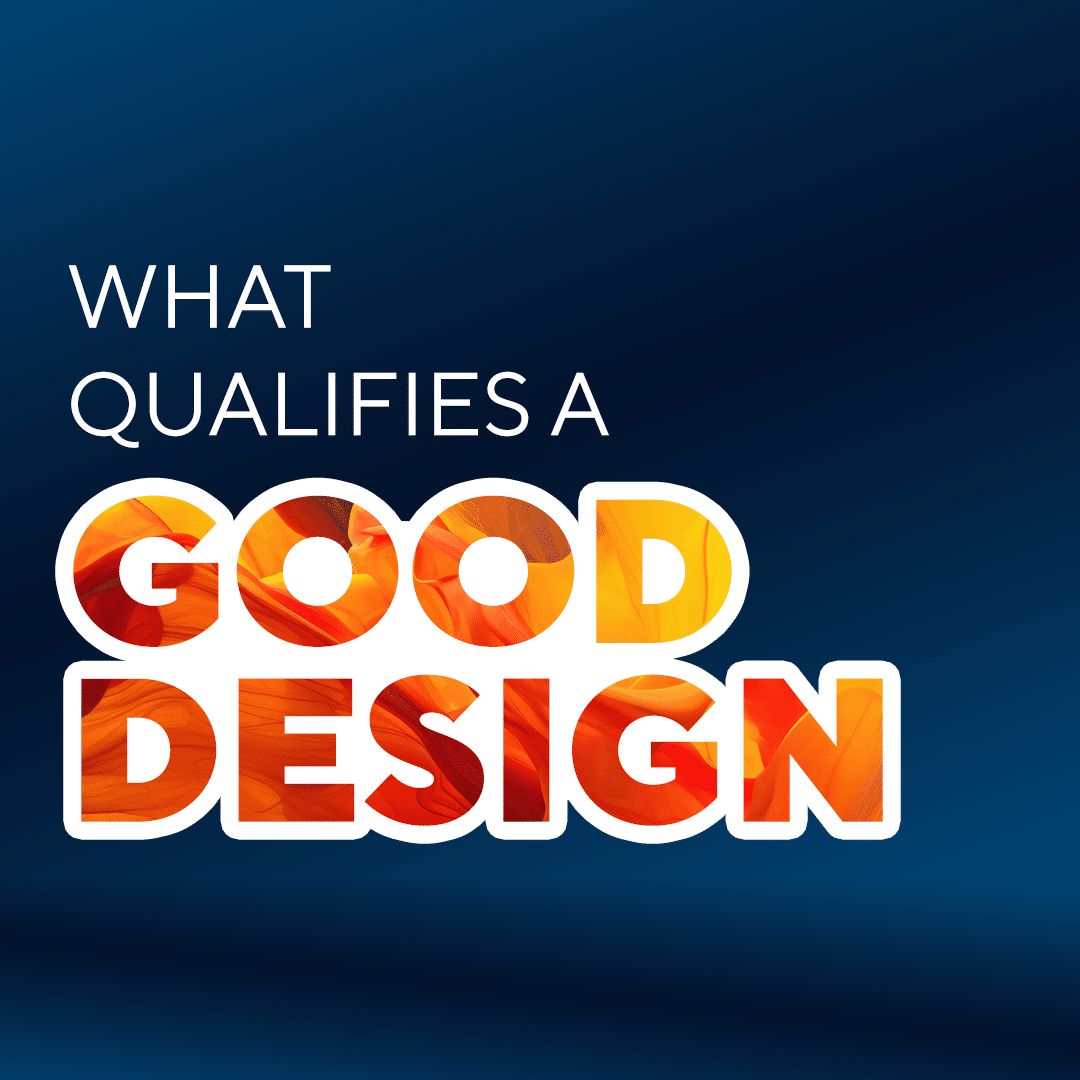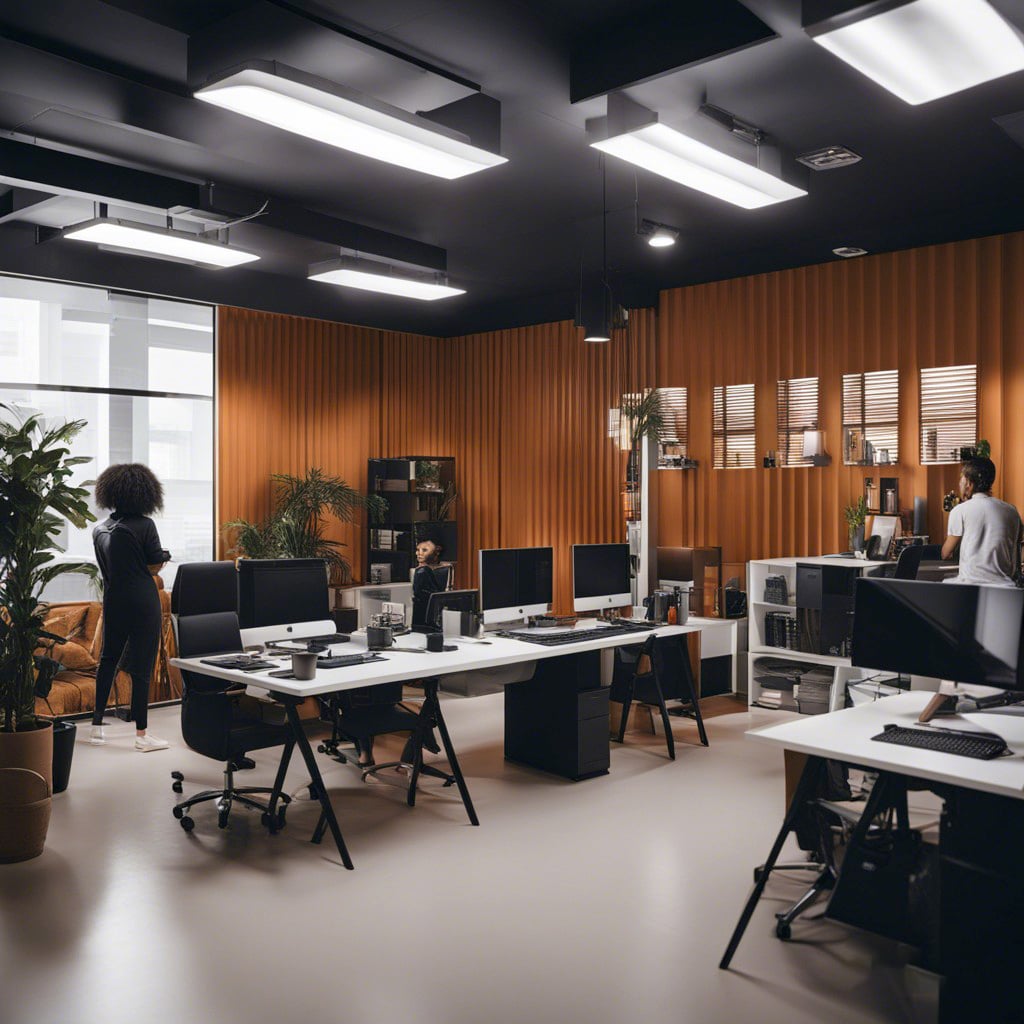What qualifies a ‘good design’?
In today’s fast-paced and competitive business world, ‘good design’ is more than just aesthetics. It’s a strategic tool that can make or break your organization’s success. But how do you qualify ‘good design’? Let’s delve into this critical aspect of business and discover the factors that truly matter.
What Is Good Design?
Good design goes beyond visual appeal; it’s about function, form, and how well it fulfils its intended purpose. In a business context, design can be found in products, services, branding, and user experiences. It’s about creating a harmonious balance between aesthetics and functionality to enhance your organization’s value proposition.
The Qualifiers of Good Design
1. User-Centered Approach: Good design always puts the user at the center. Understanding your target audience’s needs and preferences is crucial. Design should be intuitive and user-friendly, making the experience as seamless as possible.
2. Problem Solving: Effective design solves problems. It should address a particular issue or need, making it a valuable tool for your organization. The more effectively the design addresses these issues, the better it is.
3. Aesthetics: Visual appeal is important. A well-designed product or brand is more likely to capture attention and leave a lasting impression. However, aesthetics should always support the functionality, not overshadow it.
4. Innovation: Good design is often innovative. It pushes the boundaries, embraces new technologies, and thinks outside the box. It keeps your organization ahead of the curve and relevant.
5. Consistency: Design should be consistent across all touchpoints. Whether it’s your website, products, or marketing materials, maintaining a unified design language strengthens your brand identity.
6. Sustainability: In today’s eco-conscious world, sustainable design qualifies for ‘good design.’ It should minimize environmental impact and maximize resource efficiency.
How to Implement Good Design in Your Organization
To ensure your organization qualifies ‘good design,’ consider the following steps:
1. Set Clear Objectives: Clearly define the purpose and goals of your design projects. What do you want to achieve? How will it benefit your organization and your audience?
2. User Research: Conduct in-depth research to understand your target audience. Gather feedback and insights to inform the design process.
3. Collaborate: Encourage cross-functional collaboration between designers, marketers, engineers, and other stakeholders. Different perspectives can lead to more innovative solutions.
4. Iterate: Design is an evolving process. Continuously gather feedback and iterate on your designs to improve them.
5. Sustainability: If applicable, explore sustainable design options. It not only benefits the environment but can also resonate with conscious consumers.
6. Measure and Analyze: After implementation, measure the impact of your design projects. What are the results? Are they meeting your objectives?



